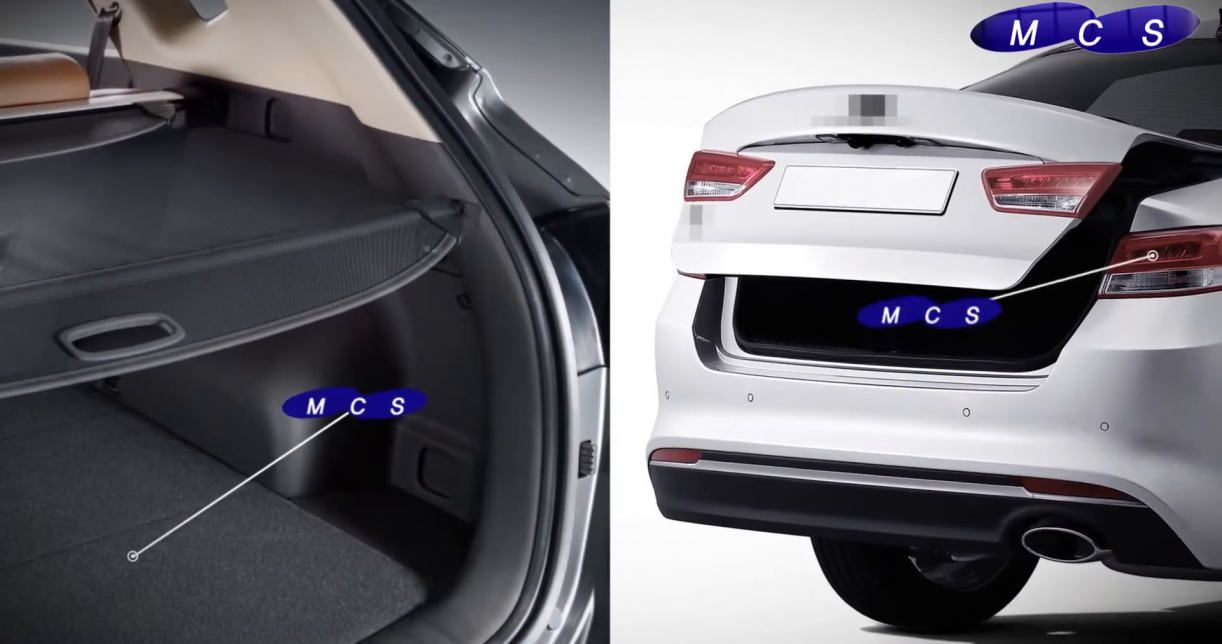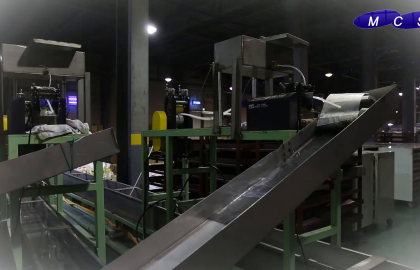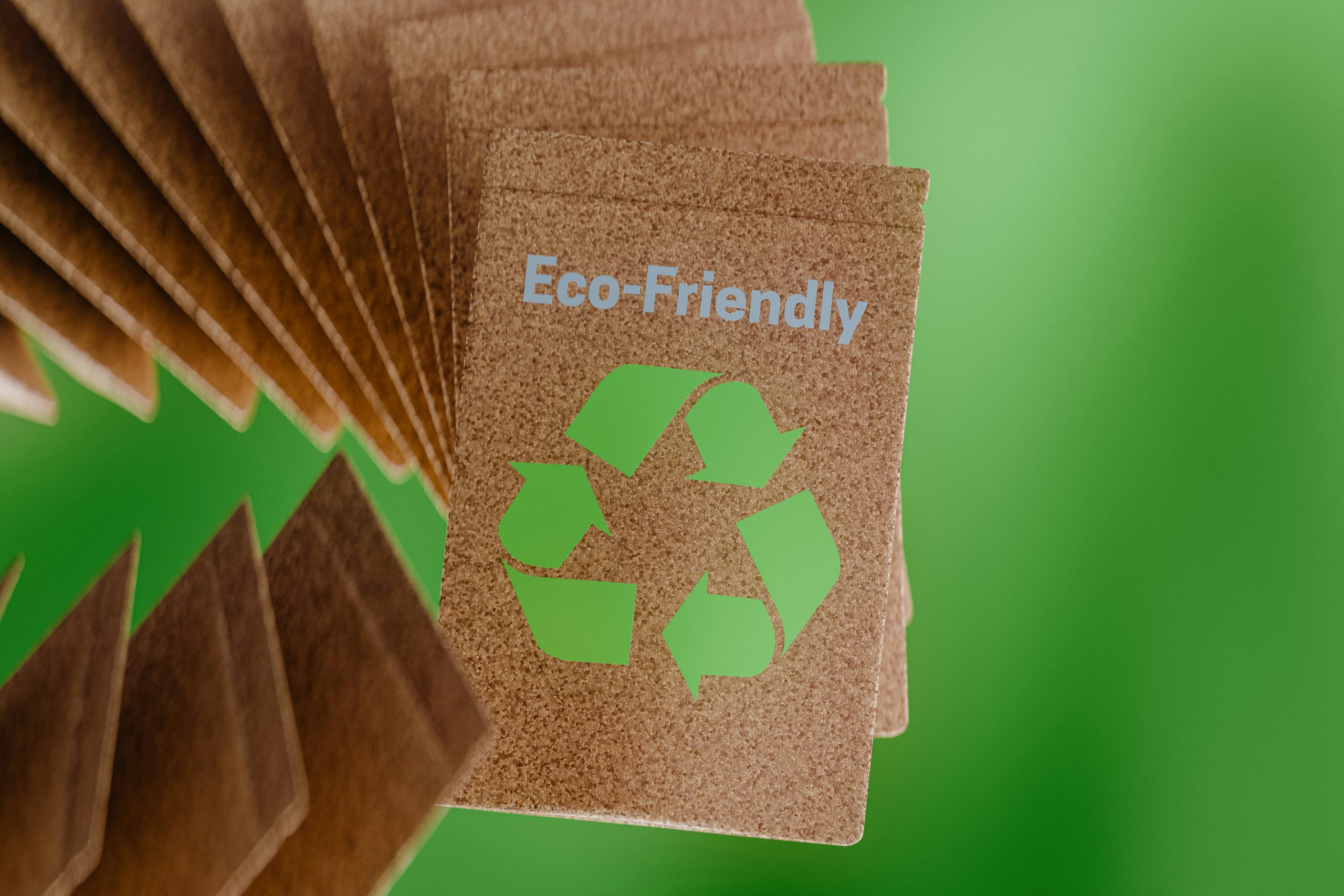
Hot Melt Adhesives are Essential in the Automotive Industry
Hot melt adhesives have become a vital component in the automotive industry, enabling the assembly of lightweight, durable, and high-performing vehicles. These adhesives are used in various applications, from bonding interior components to ensuring the structural integrity of exterior parts. Their versatility, efficiency, and ability to meet stringent performance standards make them indispensable for modern automotive manufacturing.
This article explores how hot melt adhesives are implemented in the automotive industry, their benefits, and the innovations driving their adoption.

Hot melt adhesives are driving innovation and efficiency in the automotive industry, enabling manufacturers to produce lighter, safer, and more sustainable vehicles. From interior trims to under-the-hood applications, these adhesives provide unmatched versatility and performance.
As the automotive industry evolves, hot melt adhesive companies continue to lead with innovative solutions that address emerging challenges and trends. For automotive manufacturers, hot melt adhesives are not just a tool—they are a transformative force shaping the future of vehicle design and assembly.
Key Characteristics of Hot Melt Adhesives for Automotive Applications
- Strong Bonding Strength: Provides durable adhesion for metals, plastics, glass, and composites.
- Flexibility: Accommodates thermal expansion and mechanical stress.
- High-Temperature Resistance: Withstands extreme heat generated during vehicle operation.
- Vibration and Impact Resistance: Maintains adhesion in dynamic conditions.
- Eco-Friendly Options: Non-toxic, solvent-free formulations reduce environmental impact.
Advantages Over Traditional Fasteners and Adhesives
- Reduces vehicle weight by eliminating screws, rivets, and bolts.
- Provides design flexibility for complex shapes and surfaces.
- Enhances aesthetics with invisible bonding for a clean, seamless look.
Applications of Hot Melt Adhesives in the Automotive Industry
- Interior Assembly
Hot melt adhesives are extensively used in assembling interior components, ensuring comfort, durability, and aesthetics.
- Common Applications:
- Bonding dashboard panels and trims.
- Securing fabric and foam in seats and headliners.
- Laminating carpets and insulation materials.
- Benefits:
- Creates a smooth, uniform finish for enhanced vehicle aesthetics.
- Provides soundproofing and vibration dampening.
- Exterior Components
Exterior parts of vehicles require adhesives that can endure exposure to harsh weather, UV rays, and mechanical stress.
- Applications:
- Attaching body panels, emblems, and trims.
- Bonding weather seals and gaskets.
- Securing decorative elements like chrome accents.
- Advantages:
- Withstands environmental factors like heat, cold, and moisture.
- Enhances aerodynamics by reducing gaps and uneven surfaces.
- Glass Bonding
Hot melt adhesives are a go-to solution for bonding automotive glass components.
- Uses:
- Installing windshields and backlights.
- Securing side and rear windows.
- Benefits:
- Provides a strong, leak-proof seal.
- Absorbs shocks and vibrations to prevent cracking.
- Electronic Systems
Modern vehicles are equipped with advanced electronics, and hot melt adhesives play a critical role in securing and protecting these systems.
- Applications:
- Bonding sensors, cameras, and displays.
- Securing wire harnesses and connectors.
- Encapsulating circuit boards for protection against moisture and dust.
- Advantages:
- Offers non-conductive properties to protect electronic components.
- Ensures reliability in harsh operating conditions.
- Structural Assembly
Hot melt adhesives contribute to the structural integrity of vehicles by bonding key components.
- Common Applications:
- Securing lightweight panels and frames.
- Reinforcing joints and seams in unibody construction.
- Benefits:
- Reduces vehicle weight for improved fuel efficiency.
- Enhances crash resistance and overall safety.
- Under-the-Hood Applications
Components located under the hood require adhesives capable of withstanding high temperatures and exposure to chemicals.
- Uses:
- Bonding insulation and protective shields.
- Sealing gaps and joints in engine compartments.
- Key Benefits:
- Resists heat, oil, and chemical exposure.
- Maintains performance in extreme operating conditions.
. Custom Formulations
Adhesive manufacturers develop tailored solutions to meet the specific needs of automotive applications, such as high-temperature resistance, chemical compatibility, and soundproofing.
- Lightweight Adhesives
Innovative adhesives are designed to reduce vehicle weight while maintaining strength and durability, contributing to improved fuel efficiency.
- Sustainable Solutions
Eco-friendly formulations minimize VOC emissions and align with the automotive industry’s push toward sustainability.
- Integration with Automation
Adhesives compatible with automated dispensing systems streamline production processes, ensuring precision and efficiency.
Benefits of Hot Melt Adhesives for the Automotive Industry
- Enhanced Vehicle Performance: Strong bonds improve structural integrity and crash resistance.
- Cost Efficiency: Reduces material and labor costs through simplified assembly processes.
- Aesthetic Appeal: Invisible bonds create seamless and visually appealing designs.
- Energy Efficiency: Adhesives contribute to lightweight construction, boosting fuel economy.
- Environmental Compliance: Solvent-free formulations support sustainable manufacturing practices.
Challenges and Solutions in Automotive Adhesive Applications
- Temperature Extremes:
- Challenge: Adhesives may degrade under extreme heat or cold.
- Solution: Use advanced hot melt formulations designed for thermal stability.
- Material Compatibility:
- Challenge: Bonding dissimilar materials like metal and plastic.
- Solution: Specialized adhesives that ensure strong adhesion across various substrates.
- Durability Requirements:
- Challenge: Adhesives must withstand continuous vibrations and impacts.
Solution: High-performance adhesives engineered for dynamic conditions
- Electrification: Adhesives optimized for EV battery assembly and thermal management.
- Autonomous Vehicles: Enhanced adhesives for advanced sensor integration and lightweight construction.
- Recyclable Adhesives: Development of adhesives that support circular manufacturing processes.
- Smart Adhesives: Integration of monitoring technologies to assess bond integrity in real-time.

